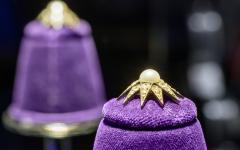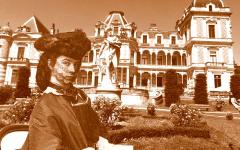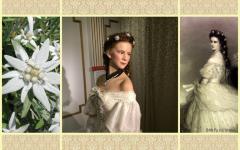SCHÖNBRUNN PALACE AND ITS GARDEN
Imperial attractions in palace and gardens
Special Thanks to Schloß Schönbrunn Kultur- und Betriebsges.m.b.H.
The World Cultural Heritage Site of Schönbrunn Palace is Austria’s most frequently visited tourist attraction. In the ownership of the Habsburg dynasty for centuries, this Baroque ensemble of palace and gardens has been preserved largely in its original state. Numerous attractions await the visitor, including tours of the authentically furnished state rooms and residential apartments of the imperial family in the palace, to the Maze and Labyrinth in the gardens and a dedicated Children’s Museum.
Schönbrunn Palace is a unique Baroque synthesis of the arts consisting of the former residence of the Habsburgs and its surrounding gardens and park, which cover an area of over 1.5 square kilometres. From 1569 to the end of the monarchy in 1918, the estate was in the ownership of the Habsburgs, one of the pre-eminent ruling dynasties of Europe.
Naiad Fountain, Schönbrunn Palace © Schloß Schönbrunn Kultur- und Betriebsges.m.b.H./Koller
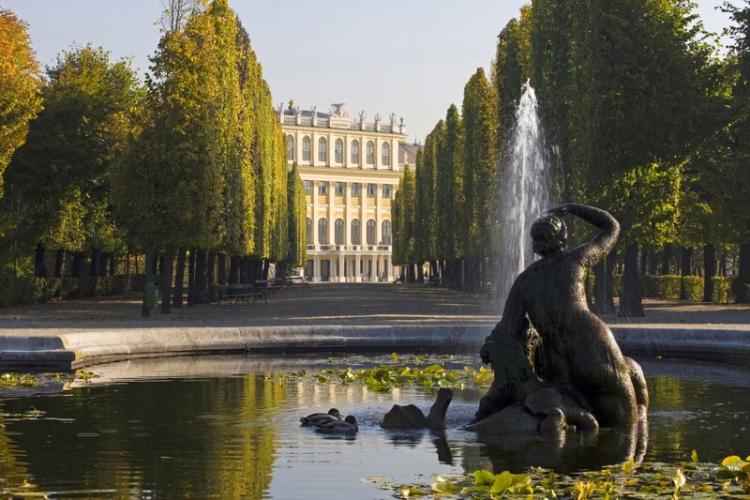
Schönbrunn was to experience its most glorious epoch from 1760 during the reign of Empress Maria Theresa, when it became the centre of court and political life. The Baroque décor of the palace from this time has largely been preserved in its original state. At the end of the monarchy Schönbrunn Palace passed into the ownership of the Republic of Austria and was opened to the public shortly afterwards. In 1996 the palace and its park as an ensemble were designated a UNESCO World Cultural Heritage Site.
Today visitors to Schönbrunn can gain an authentic impression of the imperial lifestyle in the state rooms and residential apartments of the palace, all furnished in faithful period detail. Forty of the 1,441 rooms in the palace are open to the public. The tour begins with the residential suites of Emperor Franz Joseph and his wife Elisabeth in the west wing of the palace, continuing through the state rooms in the middle range and the apartments occupied by Maria Theresia. In the east wing visitors can view the Franz Karl Apartments, once lived in by the parents of Emperor Franz Joseph, Archduchess Sophie and Archduke Franz Karl. The range of décors encountered on the tour is characteristic of the lifestyles, atmosphere and ideology of the imperial era.
The Great Gallery in Schönbrunn Palace © Schloß Schönbrunn Kultur- und Betriebsges.m.b.H./Agentur Zolles
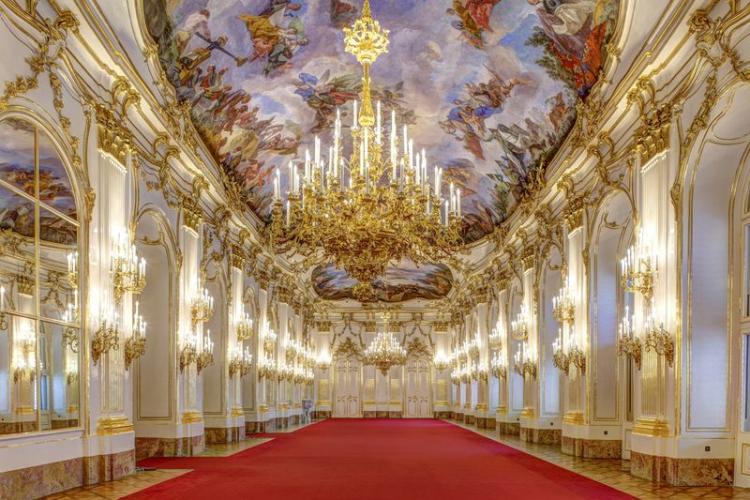
The gardens and park with their imposing architectural elements have also largely been preserved in their original state and may be explored by visitors. The Neptune Fountain, Obelisk Fountain, Roman Ruin and above all the Gloriette, which stands on a visual axis with the palace and affords a view over the entire grounds, constitute the defining features of the gardens, which were designed as a continuation of the palace’s stately interiors.
Since 1992 there has been a huge increase in visitor numbers at Schönbrunn Palace. In 2014 there were more than 3.02 million admissions to the palace and garden attractions (compared with 1.2 million in 1993). Schönbrunn Palace is thus Austria’s most frequently visited tourist attraction. Another six million people annually use the freely accessible park, which is not just a tourist attraction but an important recreational amenity for the city’s residents.
Neptune Fountain and Gloriette, Schönbrunn Palace © Schloß Schönbrunn Kultur- und Betriebsges.m.b.H./Lammerhuber
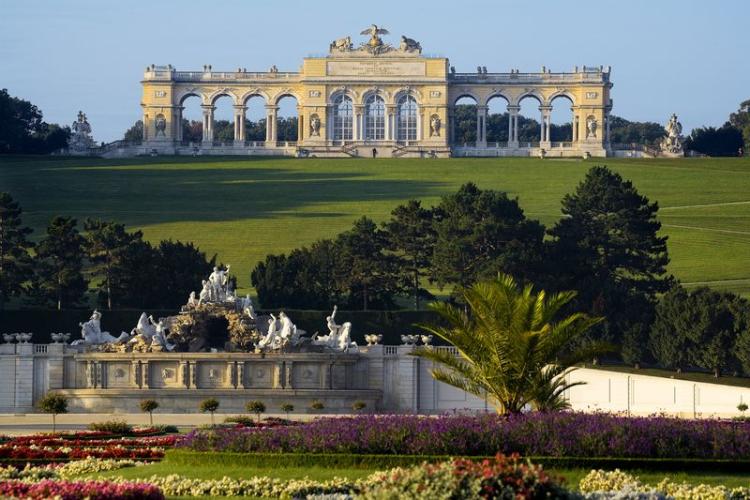
The maintenance and revitalization of the palace and garden
Since the palace and its grounds were hived off from federal administration in 1992, funds for its maintenance and revitalization have been generated by the operating company, Schloss Schönbrunn Kultur- und Betriebsges.m.b.H. (SKB), from low-impact tourism. The circumstance that the palace and its park can today be seen largely in their original state is due to the most intensive phase of construction since the Baroque complex was built.
Apart from repairs carried out to remediate the worst of the damage that occurred during the Second World War, very little in the way of building maintenance had been undertaken for several decades. Since the inception of the SKB a comprehensive and continuous programme of construction has been instituted to conserve and/or restore the palace complex as faithfully as possible to its original state. In order to explore the history of the buildings on this site and to guarantee that renovation has the least possible impact on the historic substance, the SKB carries out its own programme of research. Since 1992 a total of over EUR 200 million has been invested.
Visit Empress Elisabeth on Facebook.
Click to the photo below to visit the website of Schönbrunn Palace and Hoburg:
Index: The text (is an extract from a press material which) was provided by Schloß Schönbrunn Kultur- und Betriebsges.m.b.H.
A walk in the garden of the Schönbrunn Palace (an amateur video - cover photo of the video: Pixabay)

